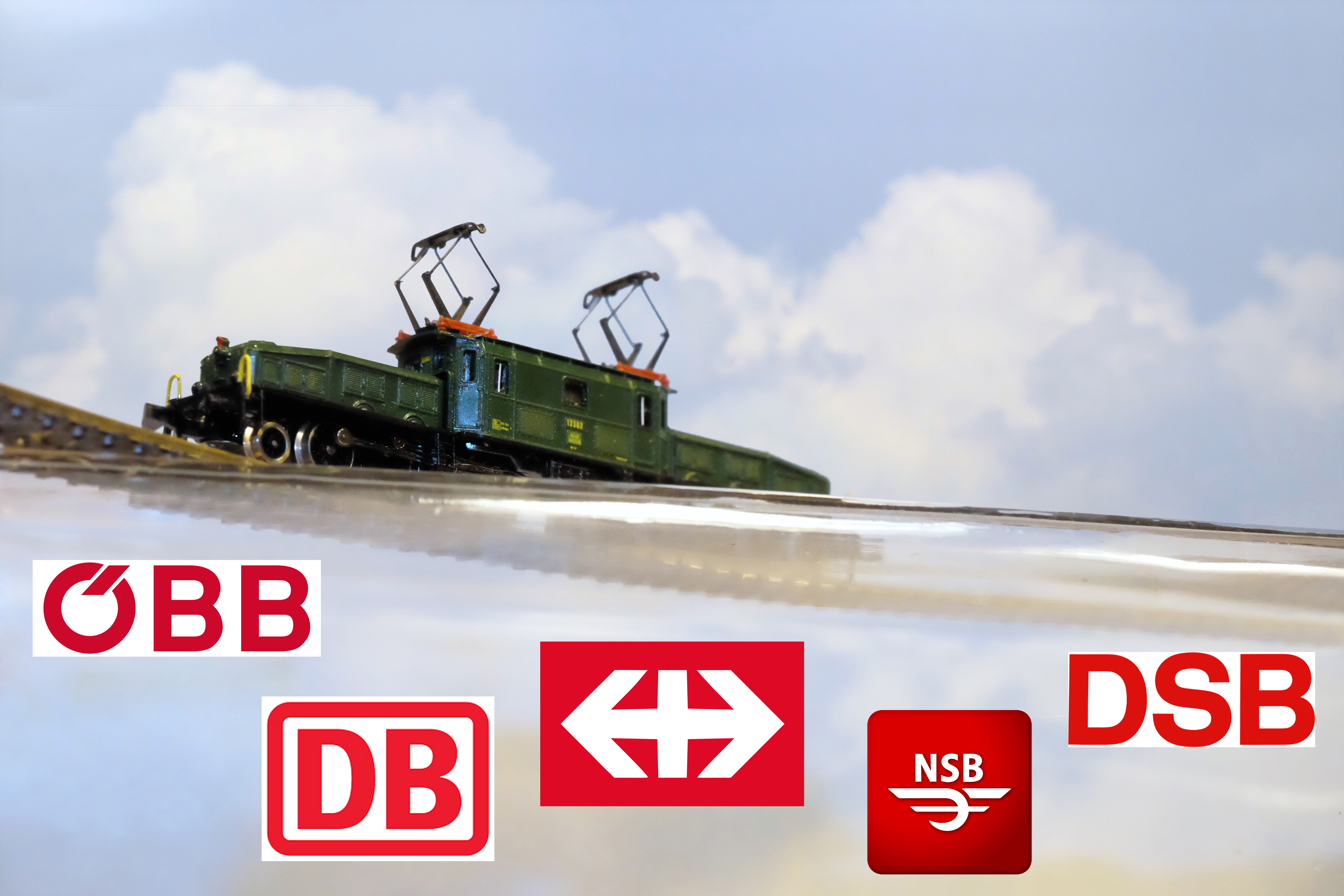
Faller’s continuation of laser cut card-stock buildings include two I have waited for: train station and lodge for Swiss Alpine theme. Combining wood and card-stock parts Faller has produced 2 buildings unmistakably Swiss in appearance.

On a personal note, I have 2 laser-cut structures based on the Swiss Alpine theme in my collection, I have owned them for many years, but they weren’t enough to base a layout on. Faller’s Swiss Alpine build kits have inspired a layout build for this Summer (2025).

Fifteen years ago I purchased a covered wood bridge (CH1039) manufactured by Fides/Milbert Creations (Montreux, Switzerland), it is handmade balsa wood construction comprised of numerous parts with realistic printed wood shingle roof. Scaled for ‘Z’ the bridge is naturally finished, and it is presented in a nice display box diorama alpine illustration. I haven’t found much evidence for the company’s output, their products don’t show up on internet searches, and I presume the company was dissolved many years ago. This example I purchased on Ebay.



My second structure was purchased maybe 10 years ago, it was produced as a kit by Harald Freudenreich (FR): ZB570- Swiss (SBB/RhB) Attendant’s House (RhB) build kit “Zm Warterhaus der RhB.” It is a railway building also referred to as “Guard-House” for RhB railway. Kit features etched nickel parts and wood construction: balsa wood laser-cut parts, brass gutters and downspouts and printed terracotta tiles for roof. Kit was delivered unpainted. In my examples I painted shutters and used Danish Oil on other wood parts. Roof material was painted with gouache which I like using, it is opaque watercolor which dries quick and can be reactivated with water to smooth out and blend to one’s desire. Note: FR produced accessories such as Guard House to go along with locos and rolling stock in production thus he produced RhB (Rorschach Heiden Bergbahn) items including Serie Fzeh2/4 cog railway locomotive (ZF108a).






Faller 282702 Langwies Station and 282772 Langwies Alpine Lodge are 2 laser-cut build kits released December 2023 (station) and January 2024 (lodge). Station kit includes 91 parts and lodge 126 parts, Faller states difficulty level as “Demanding.” I found both kits to be enjoyable to build, but they demand concentration and time as the instructions can be challenging to interpret. The wood parts in these kits include pieces that slide together, I found the station kit to have tighter fitting parts than lodge. If you buy these kits, I recommend building the lodge first which is somewhat easier than the station. Both kits needed excess wood removed within windows which is easy to do with a toothpick. Common sense and prior experience building kits like this in Z will be invaluable, but mistakes will still happen and remediating those errors are sometimes easy and sometimes hard. In the latter scenario apply some creative thought and add a modification or hid an error with a bush! Faller has been building scenery and buildings for multiple scale railroads, this experience and professional shows in these kits; they are must haves for the Swiss railway. Note: first time lettered decals have been included with a Faller Z kit as self sticking (station kit), formerly decals were cut from paper labels and glued on. Roofing material has a naturalistic aged color and texture thus no need to dry brush. I only painted chimneys in the final result (not pictured).

























































































